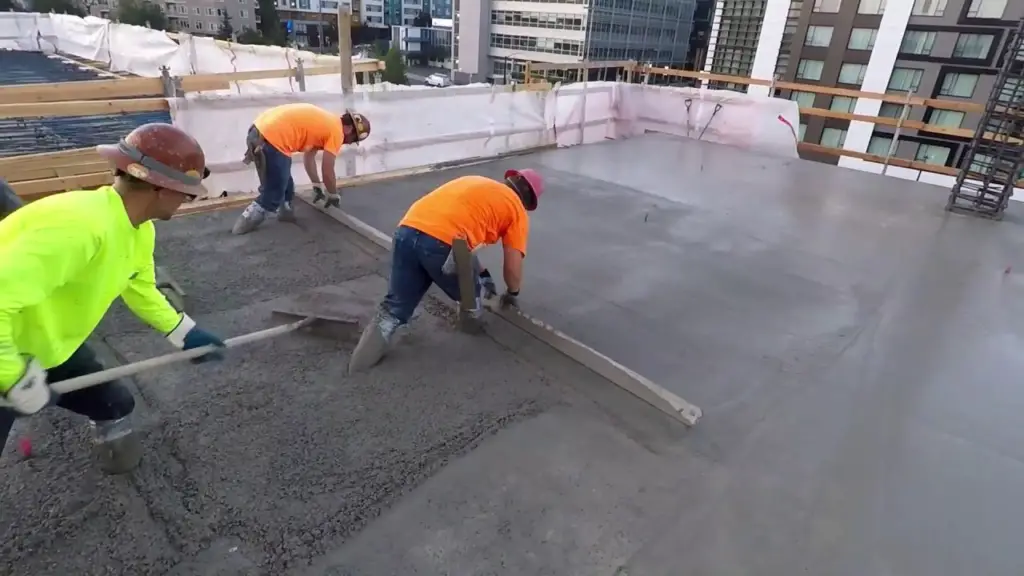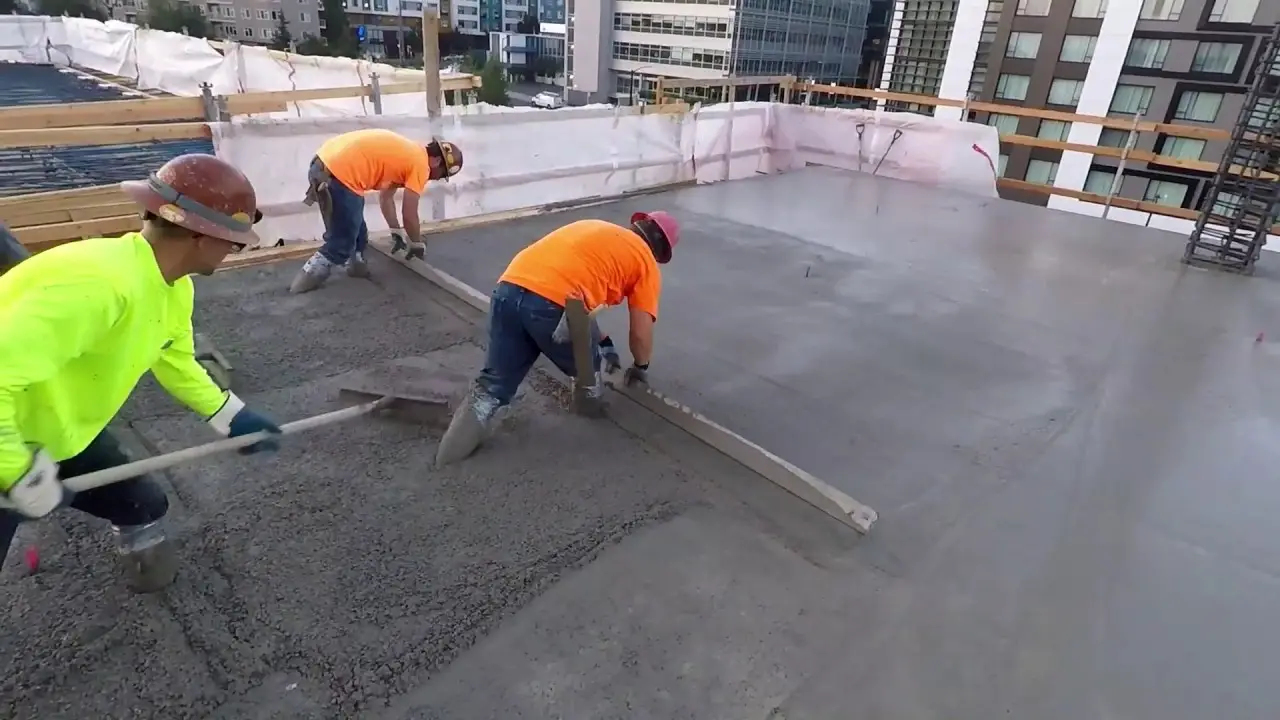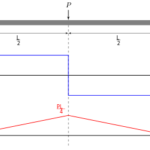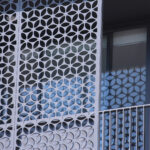Concrete is a heterogeneous material. This is because it is composed of several different components that have different properties and characteristics.
Concrete is made of cement, sand, aggregate, and water. In some cases we also mix admixtures and additives in it to achieve desired properties. Now all of these ingredients are different by nature, properties, color, and appearance. That’s why concrete is a heterogeneous material.
The composition or mix ratios of these ingredients are different and hence generate different properties of concrete. The durability and strength of concrete depends a lot on the composition and type of ingredients.
Some properties of concrete include strength, hardness, versatility, durability, fire-resistance, and sound insulation. You can adjust the mix ratios to enhance these properties. For example to enhance durability you can use high quality aggregates with good cement content. To increase workability you can use more water or fine aggregates.

What is heterogeneous & homogeneous means?
So, by their names, it can be defined that “homo” means same and “hetero” means different.
We can easily define the difference between these two materials.
The homogeneous material has a uniform composition which is the same throughout, while the heterogeneous material has a different composition and appearance.
For example, if we consider a steel bar, it is made of the same material and has the same appearance throughout its composition. Therefore, it is a homogeneous material.
On the other hand, if we consider concrete, it has coarse and fine aggregates, as well as cement, which means that its composition is not the same throughout.
Like Us on Facebook!
Therefore, it is a heterogeneous material with different appearance and composition.
Subscribe Us on YouTube!
Why is concrete heterogeneous?
The primary components of concrete are cement, aggregates (such as sand, gravel, and crushed stone), water, and often additives or admixtures. Each of these components has its own distinct physical and chemical properties, and they combine to form a material with unique properties and behaviors.
Furthermore, the distribution of the components within the concrete can also be uneven, leading to variations in properties such as strength, durability, and permeability. This heterogeneity can be intentional, as different regions of the concrete can be designed to have different properties to achieve specific performance goals.
Therefore, it is accurate to describe concrete as a heterogeneous material.
Why concrete is not homogeneous?
Now to call a material homogenous, it has to come from same material with same appearance and properties. Now as concrete is a mixture and has variable properties just by varying the mixing time, water content, temperature and other factors. So, all such properties lead concrete to further heterogeneity.
So, the main reason why concrete is not homogenous is because it is made with different materials with varying composition and properties.






















